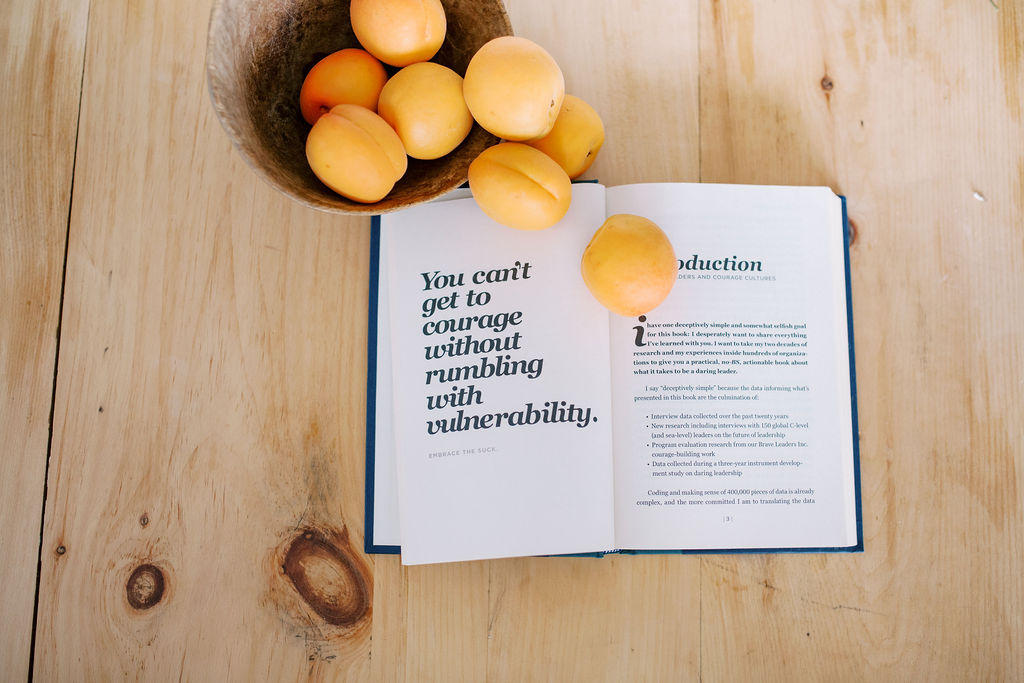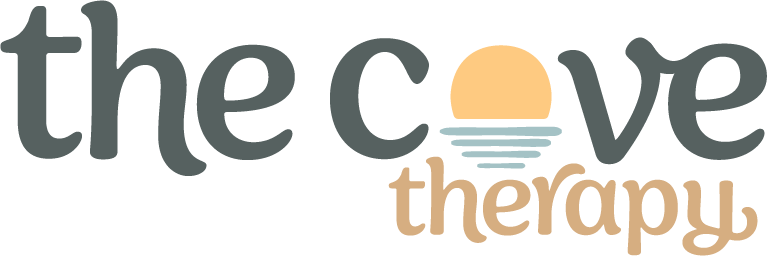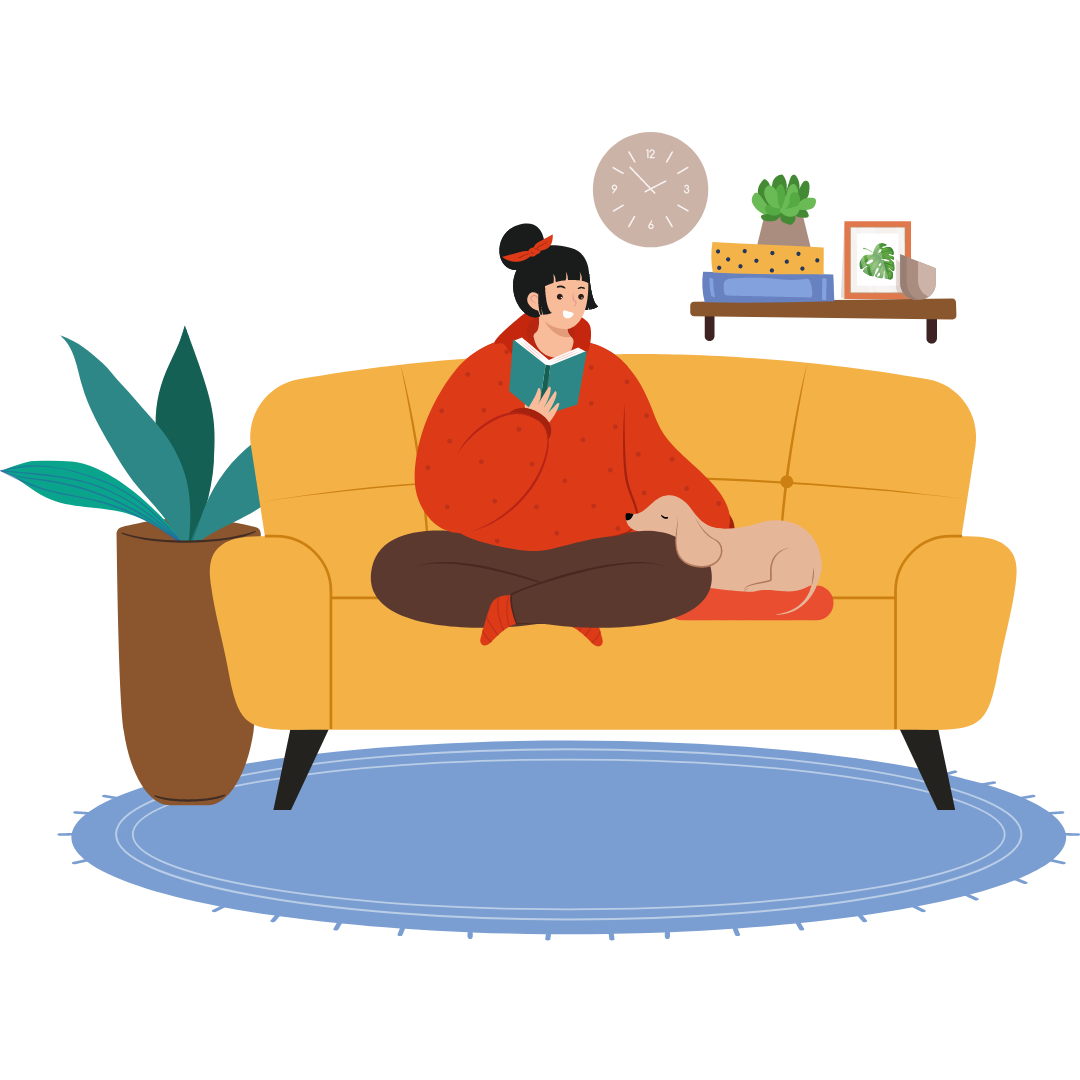1. Rest
A big grand apology to capitalism, as it is very possible that you – like many other mammal species – need more rest and more sleep during the winter season. Tell your employer to call me. In all seriousness, you very likely still have to fulfill your responsibilities irrespective of the season. What you can do is take stock of your expectations of yourself – and begin to notice and plan for areas where you can soften, do less, and lean into what the winter is calling for – recuperation.
2. Exercise and Sleep
This is a two for one. Both exercise and sleep are core components for regulating and supporting our mood. If your mood is heavily impacted during the winter, you are not alone and you may need more support than these two core components can provide. However, it’s worth checking in on your sleep habits and if you can, find a way to move your body in a way that feels good to you. You can set a small goal here and work to hold yourself accountable – eg. No screen time one hour before bed. Try it!
3. Go Outside During Daylight Hours
We know there aren’t as many daylight hours to work with, and the temperature can be frigid, but when it’s possible, try to get yourself outside (especially on bright days) for a few breaths of that cold air.
4. Mindfulness
There are hundreds of ways to incorporate mindfulness into your life. One simple way is to choose a simple or mundane daily task, and allow yourself to engage all 5 senses while you do this task each day (e.g. brushing your teeth, washing dishes, folding laundry, eating dinner). Mindfulness will pull you into the present moment, and has a way of redirecting from the thinking mind.

5. Light therapy lamp and other supportive rituals
The science on the effectiveness of a light therapy lamp is fantastic NCBI Article (2016) Bright Light Therapy: Seasonal Affective Disorder and Beyond (External Link). One thing I love about the light therapy lamp is when it can become a part of a larger morning ritual – something you can look forward to or something that can soothe the nervous system through repetition. Wake up, make coffee, grab journal, sit under the bright light. Wake up, feed children. Set up television show or activity for them. Make tea, put on headphones with your favourite podcast, sit under bright light. Can you build a small morning ritual with a light therapy lamp that works for you and your family?
6. Gratitude Flow
Maybe you’ve had a chance to watch Stutz, the documentary directed by Jonah Hill and starring his therapist, Phil Stutz. In the film, Stutz describes a tool that he often teaches called “Gratitude Flow”. Here’s how it works. Start by thinking of things you are grateful for, things that you might normally take for granted. Move slowly and allow yourself to feel the gratefulness for each choice. Stretch yourself to think of new things you are grateful for. After about 30 seconds, stop thinking and focus on the physical sensation of gratefulness. Stutz calls this energy “the grateful flow.” This is a wonderful tool for shifting your internal state or re-directing your mind from unhelpful negative thoughts. Grateful Flow – The Tools Book (External Link)
7. Talk It Through
Talk to a dear friend or family member about how you’re feeling. We know in the neuroscience world that finding words for your emotions can help manage and soothe intense emotion. Dan Siegel: Name it to Tame it (External Link – YouTube). We also know that feeling supported and connected is integral to being human. If you know that you need more support, talk to a trusted therapist or speak to a medical doctor. It’s okay to reach out when you need support. You do not have to struggle alone.
Danielle is a Registered Social Worker and psychotherapist in Hamilton, Ontario. She works with experiences of anxiety, depression, and trauma from a relational and client-centred approach. She is an EMDR Consultant-in-Training. She’s probably drinking a very hot coffee, right now. More questions? Reach out here.

